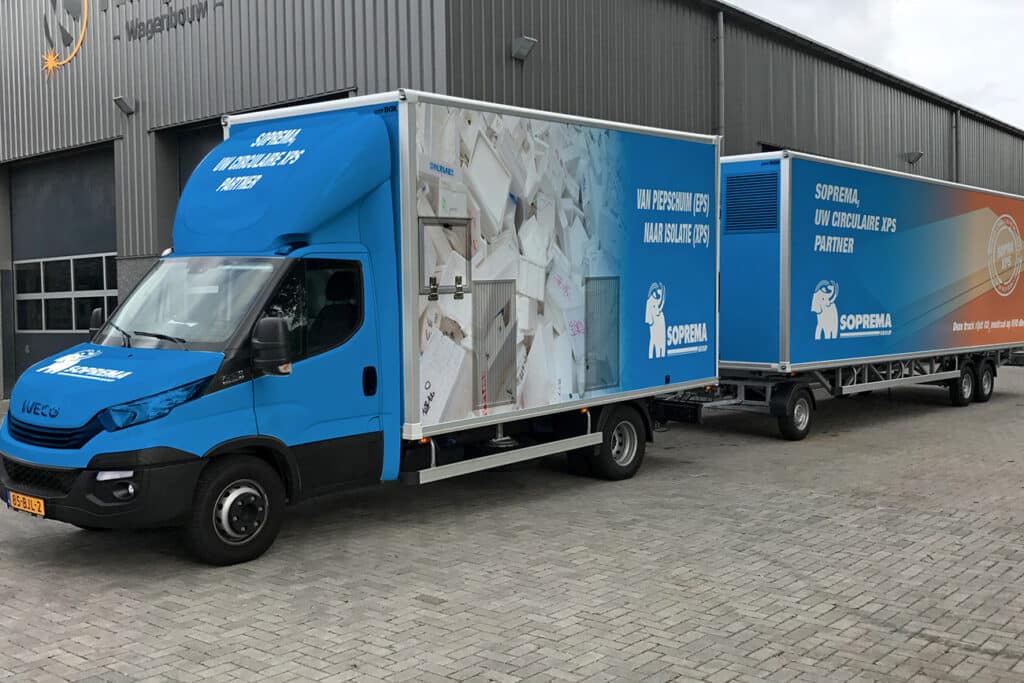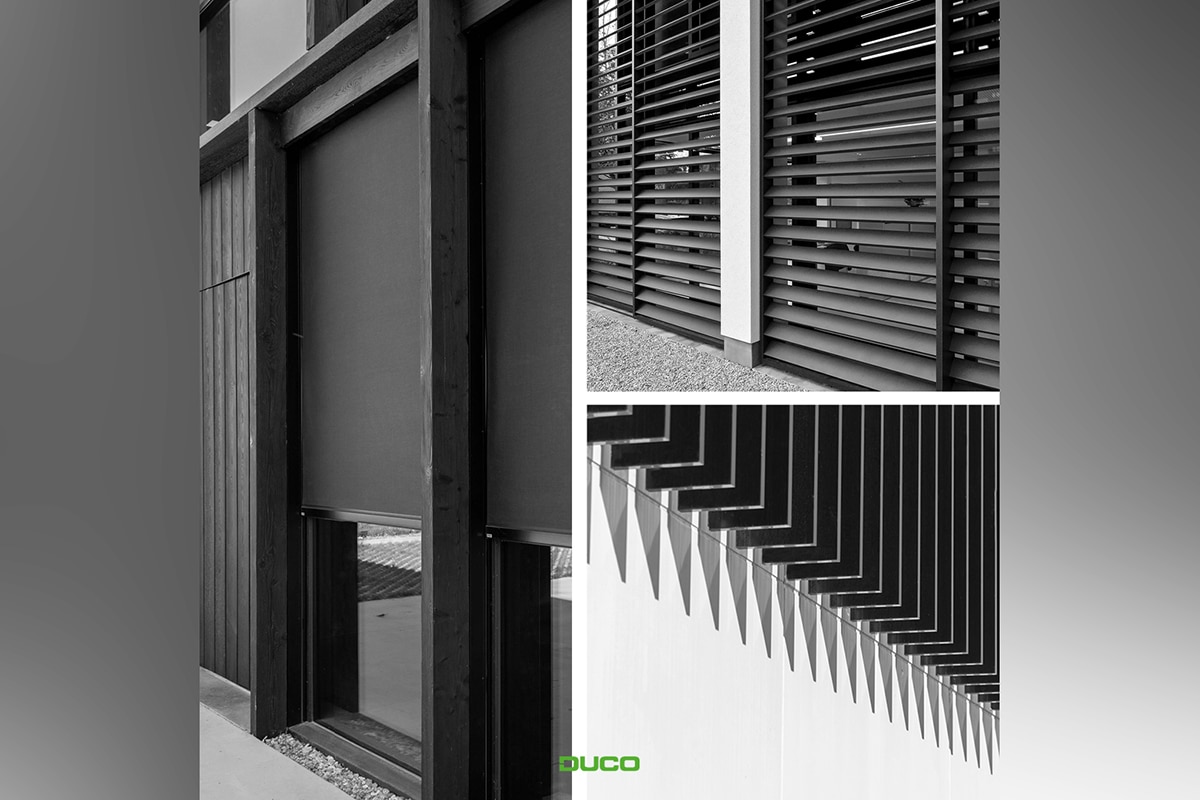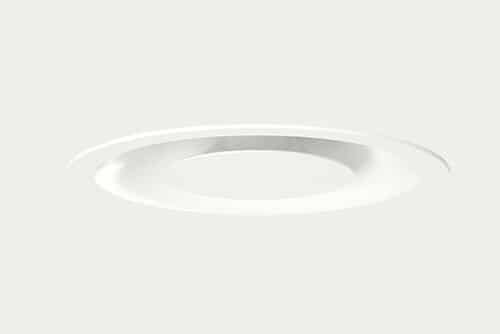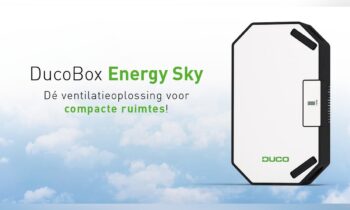
Let's go to zero
Leading the way in sustainability and circularity
Everyone talks about sustainability and circularity, but these are "only" means to achieve the ultimate goal: reducing CO2-footprint to zero. Speaking is Wilbert Elissen, Managing Director of Soprema Netherlands. The company is taking a pioneering role worldwide on this theme and is communicating this to the outside world with the 'let's go to zero' campaign. The first steps are promising.

Soprema Group operates globally and has set itself the goal of reducing CO2-footprint by 30% in 2027 compared to the year 2020. "We are aware that such a goal requires more than just running trucks on HVO100 fuel, installing solar panels and switching to LED lighting," Wilbert acknowledges. "We have therefore already taken quite a few steps in the right direction. Thanks to the acquisition of EPS Nederland, for example, we can now collect EPS from the construction, food and packaging industries on a large scale to produce new XPS insulation boards from it at our factory in Tongeren." These are efforts that have been rewarded with Cradle to Cradle certification.
100% biobased
Very little CO2-footprint also has Soprema's Pavatex wood fiber insulation. "From saw waste, wood shavings and chips from conifer nurseries, we extract fibers that are then steam cleaned and pressed into a finished product. By 'playing' with the pressing pressure, the end result ranges from soft wood fiber blankets to hard wood fiber insulation boards," explains Jacco Dwars, Sales Manager Insulation at Soprema Netherlands. "Pavatex is an insulation product with by far the least environmental impact and 100% biobased. The factory is also located in the Vosges Mountains, in the middle of a sustainable forestry area, so close to the raw material."

Collaborating with the chain
Soprema is also a bitumen producer. "We have now reached the point where 40% of the raw materials used consist of non-virgin material," says Wilbert. "And we are going to take more steps in that direction, but that also requires cooperation with the chain. For example, we are going to invest in a recycling unit for used roofing materials in Grobbendonk, but we need the chain to ensure that old bitumen is collected. For that, we are happy to enter into the conversation to set up those return flows."
Jacco adds: "Thanks to the chain, we are now already able to recycle EPS in our XPS plant, but we also already process, for example, part of polyester (the well-known PET bottles) in our PIR insulation. Together with the market, we are exploring the technical possibilities in more and more areas."
Longer life or combined functions
In reducing CO2-footprint, according to Wilbert, several factors are important. "With a longer lifespan, the CO2-footprint," he rightly states. "That is another important aspect that we are working on. Like achieving higher insulation values with less material or combined functions where green and retention roofs also contribute to lowering the ambient temperature. All the initiatives we are going to develop in the coming period fall under the umbrella of "let's go to zero. Circularity is an important tool, but ultimately it is about reducing our CO2-footprint. And we as a manufacturer are fully committed to that."
Finally, Wilbert notes that there is also a role for architects and clients. "They need to make informed system choices for reducing emissions. From 2024, we will make the CO2-footprint per square meter is visible, so the right system choice can be made as early as the design of a building."




